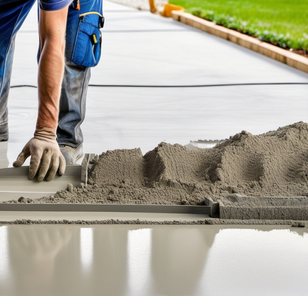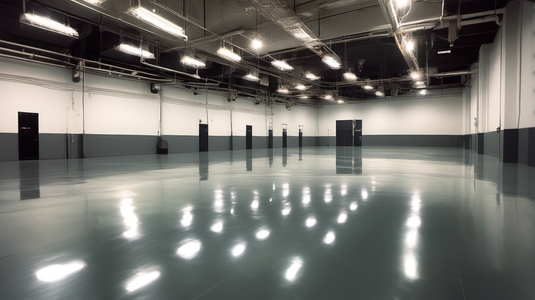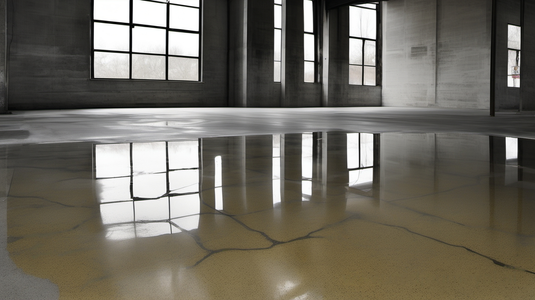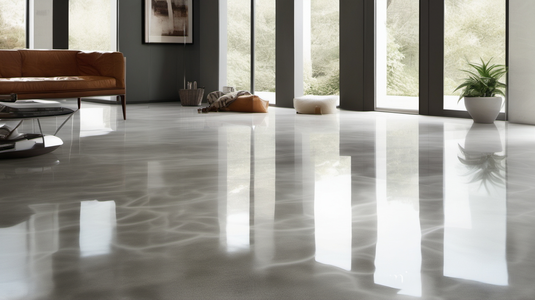Concrete Polishing: How it Works
Concrete Polishing: How it Works
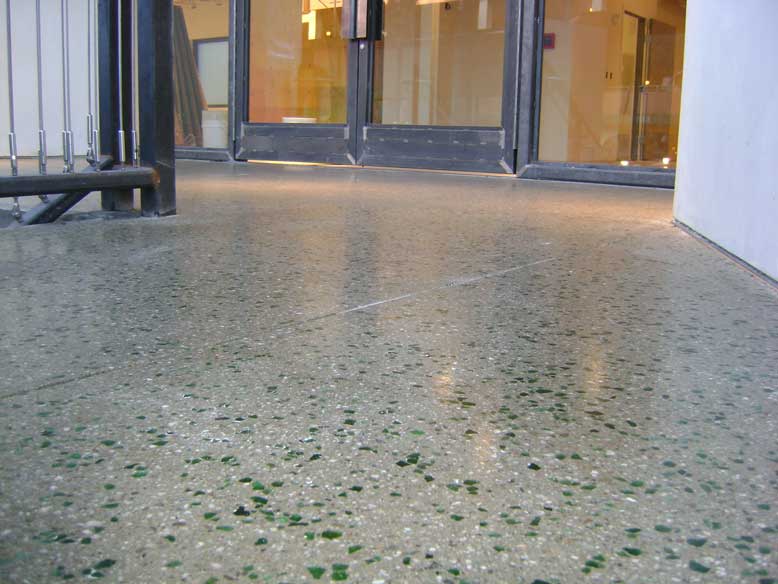
But how does concrete polishing actually work?
That’s the question that we’re here to answer! In this short article, we’ll cover the concrete polishing process and how it creates that distinctive look and durable surface that everyone seems to love! Continue reading to learn more!
What is Polished Concrete?
Polished concrete has a high-gloss finish that can be customized to the level of sheen that you prefer. These floors can also be stained and patterned to suit any design needs!
The Concrete Polishing Process
Inspection and Repairs
If any damage is found, it’ll require repairs before the process can continue. Cracks are generally repaired using an injectable epoxy filler to prevent them from spreading. Chipping areas can be fixed with a simple concrete patch. Any minor blemishes will be addressed during the next step.
The Rough Grind
Sealing the Floor
The Fine Polish
Finishing Up
Now that you understand what polished concrete is and how it works, you can make an informed decision on whether or not it’s right for you and your space!

